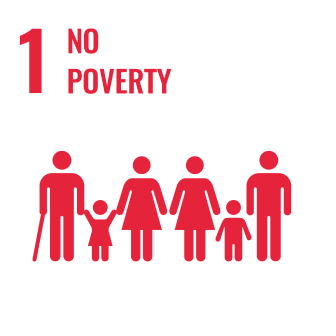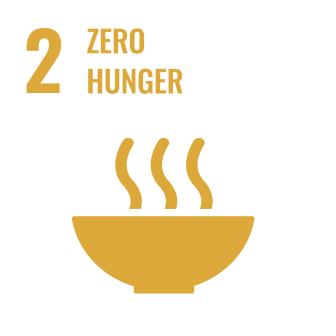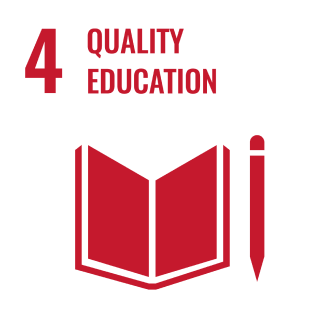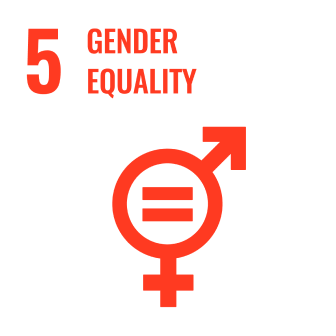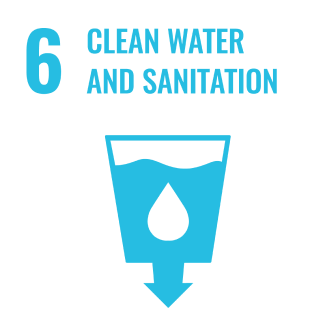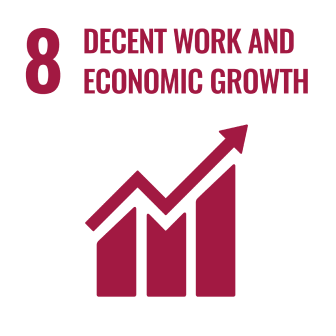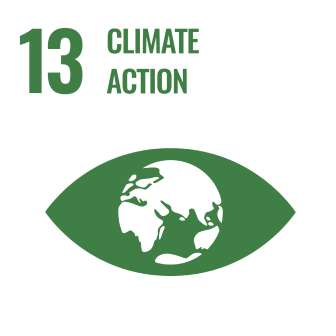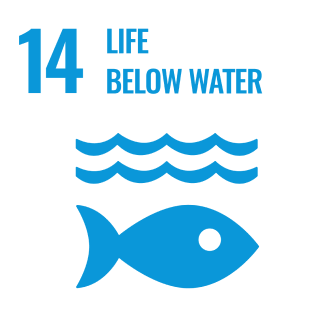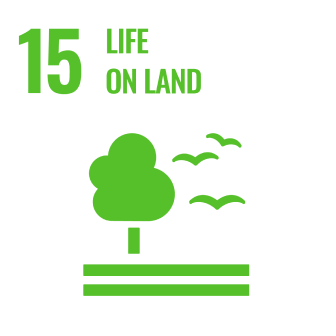Indonesia Blue Carbon
Indonesia Blue Carbon project helps restore degraded mangrove areas and improves lives of vulnerable communities in North Sumatra and Aceh regions of Indonesia.
Vlinder Indonesia Blue Carbon project aims to restore 870 hectares of severely degraded mangroves in Indonesia during 2021-2023, with continuing support for forest protection for at least 15 years to come.
Project type
Blue Carbon
Area
870 hectares
Emission removal capacity
553,900 t
UN Sustainable Development Goals addressed
Challenges
Indonesia has the largest area of mangrove forest in the world. Approximately 3 million hectares of mangrove forest grows along Indonesia coastline of 95,000 km. This is 23% of all mangrove ecosystems in the world. The country has lost its mangroves considerably, mostly in 1980s with the expansion of aquaculture development during the Asian economic crisis.
A significant proportion of Indonesia’s coastal ecosystem is vulnerable to tsunamis, sea level rise and anthropogenic interventions.
Solution
The project aims to restore 870 hectares of severely degraded mangroves in North Sumatra and Aceh regions of Indonesia during 2021-2023, with continuing support for forest protection for at least 15 years to come.
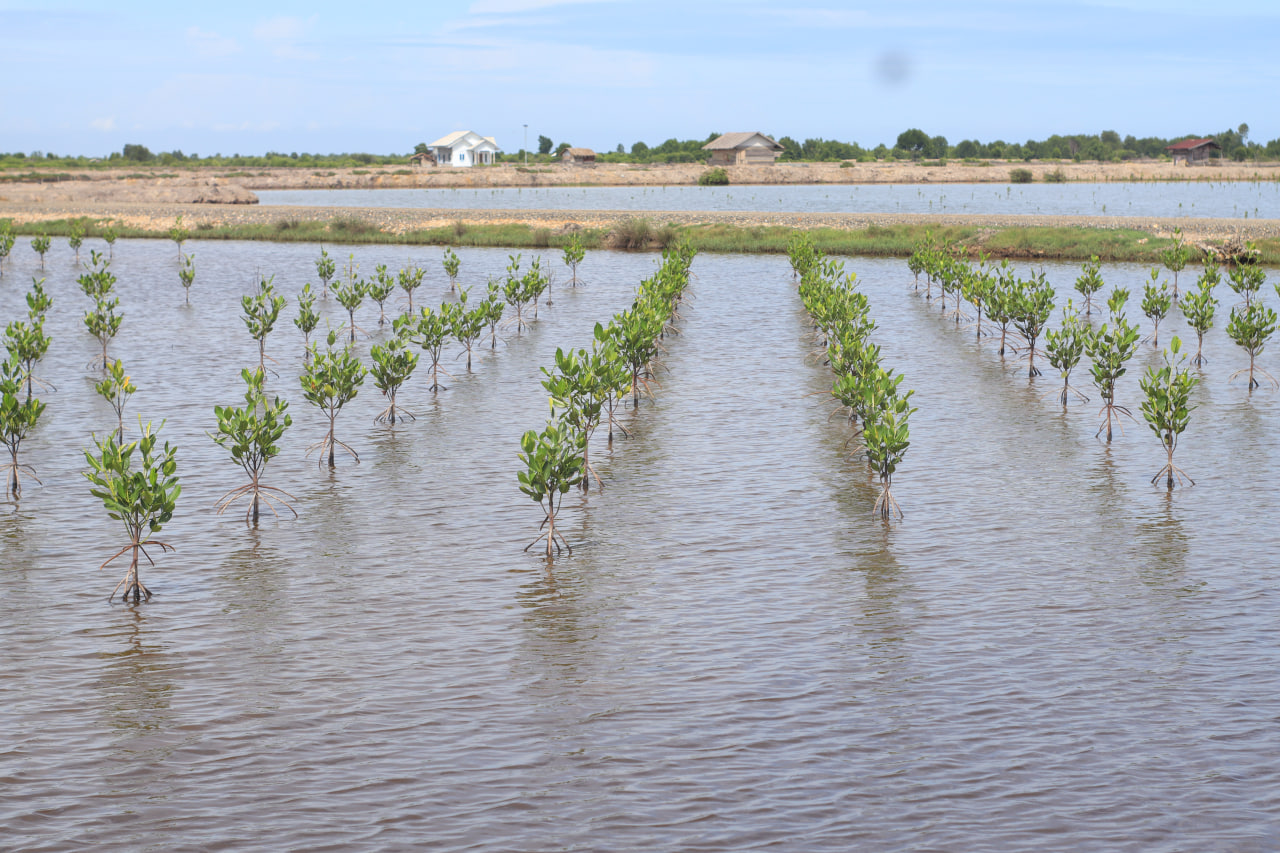
To achieve this, Vlinder is partnering with VNV Advisory, an impact project management company with over 10 years of experience in leading programs on climate change across South Asia that covered 6 million rural households and 1 million ha. The project partner has been engaging with the communities for years and has secured stakeholder support and local buyin and prepared nurseries and propagules for planting.
The project integrates mangrove restoration and protection, and brings immediate economic benefits to local communities. Building ecosystem resilience is foundational to increase socio-economic opportunities and to decrease vulnerability to potential natural disasters. Despite this, the project introduces income generating activities and reduces poverty among the country's vulnerable coastal communities.
Environmental benefits
Mangrove forests are biodiverse habitats of great ecological significance.
- Mangrove ecosystems serve as nurseries for fish, marine life and coral reefs, tropical birds, crocodiles and animals
- Mangrove roots act as a filtration system and capture silt preventing siltation in seagrass meadows and on coral reefs
- Mangrove forests decrease the danger of erosion and salt intrusion
- Mangrove reforestation reduces the impacts of storms and storm surges thereby reducing loss of lives and property damage
Community benefits
The project introduces income-generating activities and reduces poverty among the country's vulnerable coastal communities
- New jobs
- Value-added livelihoods and new revenue streams
- Community education and upskilling
- Training of community groups in mangrove restoration and providing employment for vulnerable populations
- Capacity building, training and awareness with a special focus on empowering women
- Protecting people in the project area from extreme weather events like tsunamis and floods
Partners

